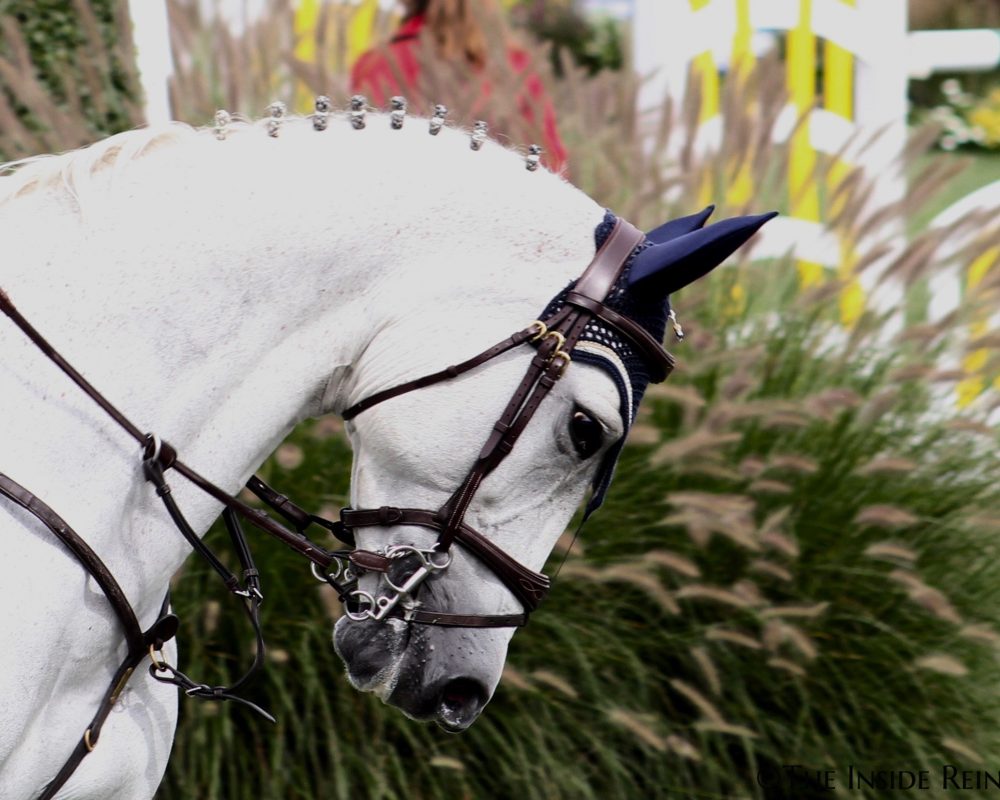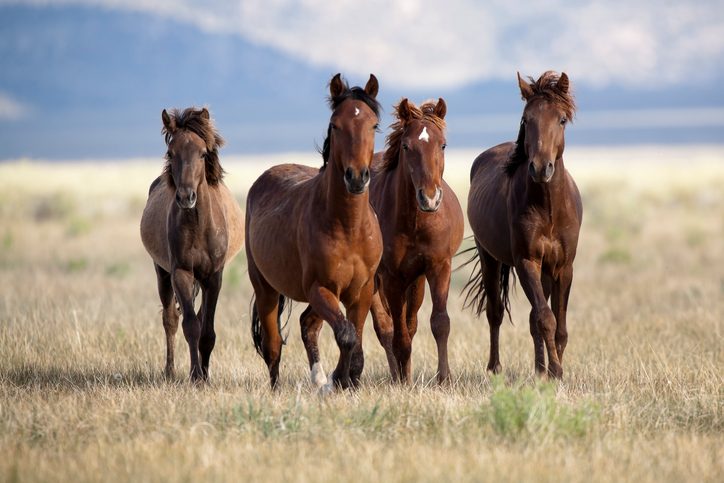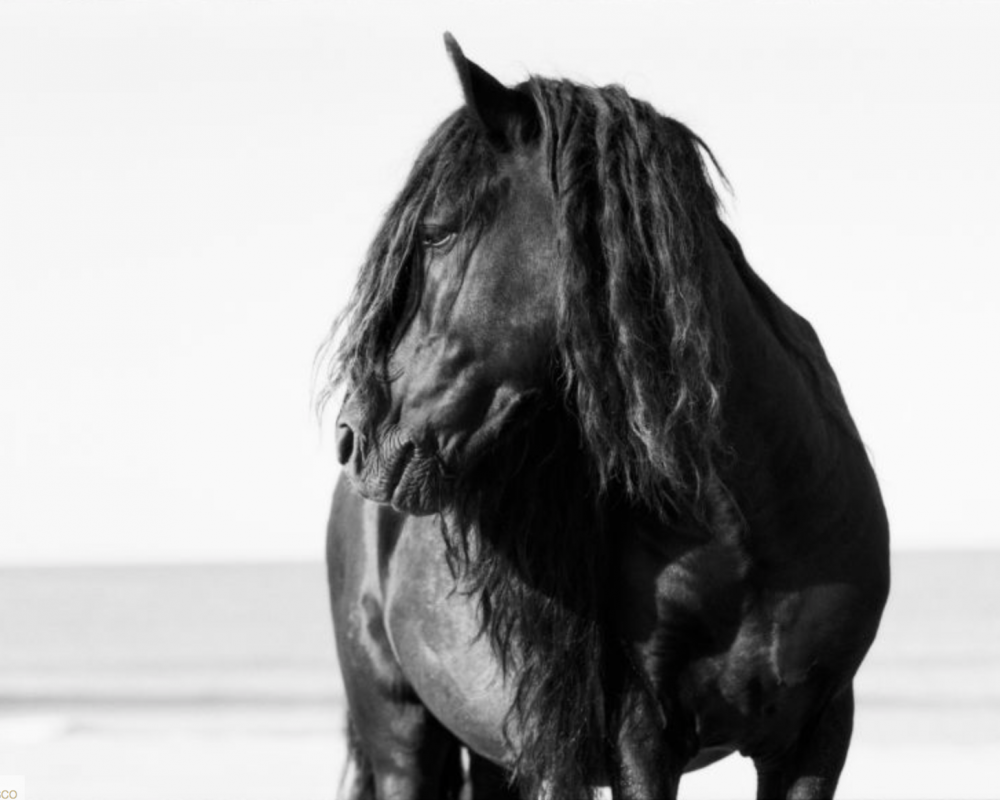It’s no secret that show jumping is an under recognized sport, enjoying mere fractions of the audience experienced by sports like soccer, tennis, basketball, and the like. Even fans of show jumping find themselves unenthused while horse after horse – often times more than 50 combinations – tackle the same course.
Having recognized show jumping’s lack of spectator engagement, Daniel Entrecanales and Pablo Márquez set out in 2011 to revolutionize the competition format, with an eye to creating a TV friendly package to the broader public.
“We thought about what makes the sport boring, the problems behind the sport,” said Entrecanales, “When you have a sport which is successful you have a team vs. team or person vs. person and that creates a passion because of the emotion and confrontation. Our sport lacks that.”
Entrecanales also pinpoints the sport’s lack of television coverage as a hindrance to gaining popular appeal. “If you’re not on television it’s very difficult to become powerful. Without television it’s very difficult to become a big sport for the general public.”
Entrecanales and Márquez are certainly not the first to recognize the importance of TV coverage to further promote sport, but they’re the first to tackle the painstaking process – one that’s taken over 5 years – to develop an FEI approved competition that is 100% television friendly.
“We’ve made a great effort to get the show on television, but we haven’t changed the show itself,” says Entrecanales, “I like to say we are the cream on the cappuccino. The coffee and milk will always be there but the cream is the one you see – the television product. We’re not going to change the whole sport or competition, but we’re going to add a new layer.”
There are many issues in packaging show jumping for television – from the inability to set a time frame (will there be a jump-off?) to the redundant nature of competition. But one issue show jumping doesn’t face is international appeal, with top riders residing in all parts of the globe. “There are many sports that aren’t universal – but horses are universal,” says Entrecanales, adding, “The good things is we have lot’s of riders from every country and will appeal to many countries not just a few.”
The sport’s global appeal is, in the eyes of the masterminds behind JumpingClash, a huge asset, as is the potential for creating show jumping celebrities. “We need to make the riders heroes, big stars,” says Entrecanales, adding: “we need famous people, when we make them famous the sport will be winning too. ”
The Format
JumpingClash competitions will be held at established competitions and venues. Though the initial debut at Madrid Horse Week will be a 2 star event, JumpingClash challenges will be held at the 5 star level, guaranteeing a minimum of 200,000 euros in prize money.
JumpingClash challenges take place over 3 days and are structured as follows:
- Day 1: Qualifying round in which the top 8 riders will move on to day 2 of competition.
- Day 2: The top 8 riders from round one will face seeded riders. The seeded riders are the 8 top-ranked riders according to FEI standings who were not required to compete in the qualifying round.
- Day 3: The 8 winners from day 2 will compete in a quarterfinal, semifinal, and final round of competition.
“We like the idea that it’s very open,” says Entrecanales of the competition format. We know how difficult it is for a good rider to be in the top competitions because they are not high up in the FEI rankings. In this system you can be in the competition and fight against the top riders.”
The most innovative aspect of JumpingClash is the TV formatting. MediaPro, one of Europe’s largest media companies, has partnered with JumpingClash and will be producing the television content. MediaPro is no stranger to sports coverage; the company owns the rights to fútbol (soccer if you’re American) powerhouse La Liga and holds exclusive rights in Spain for Champions League events.
Each challenge will produce a 90-minute live episode, of which 50 minutes will feature highlights from days 1 and 2 of competition and competitor interviews. The remainder of the show will be coverage of day 3 including the quarterfinal, semifinal, and final. The aim of this head-to-head nature format is to evoke audience passion and emotion, giving them heroes to cheer for.
The Future
Throughout the process of development, Entrecanales and Márquez have been in close consultation with top international riders including Spain’s Sergio Alvarez Moya and Belgium’s Francois Mathy. “Rider reaction has been very positive,” says Entrecanales, “for 3 years now we have shared this with top riders and they all loved it. The President of the International Jumping Riders Club, Eleonora Ottaviani, gave us her total support.”
Rider support is one key to the success of JumpingClash, as their participation will be crucial in creating top class sport in the future.
Also vital is sponsor support. JumpingClash offers unique opportunities for businesses to benefit from exposure previously unavailable in show jumping – from the paddock where rider interviews and FEI inspections will take place to the commentator booth and jersey-like riding jackets.
“Sponsorship will come when they see a product so we’re waiting to show the product in Madrid. We have three pillars: television, sponsorship, and venues. Venues ask if we have a sponsor, television asks if we have a sponsor, and sponsors ask if we have television and venues. I’m very confident because when speaking to television networks they’re very positive because they see the difference,” says Entrecanales.
If all goes to plan, JumpingClash will seek FEI approval to expand into a series, holding challenges in all parts of the world. For now, show jumping lovers wait with fingers crossed, hoping this will be a breakthrough moment for the sport.
To learn more about JumpingClash visit their website and follow the action at Madrid Horse Week, November 24-27!
By Ashley Fairfield-Remeza



2 Pingbacks